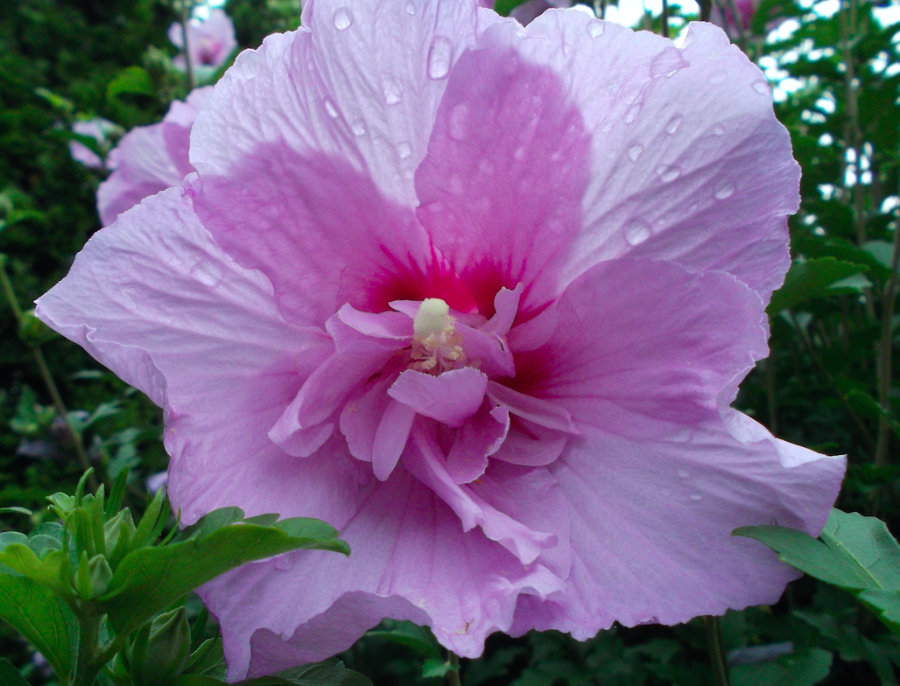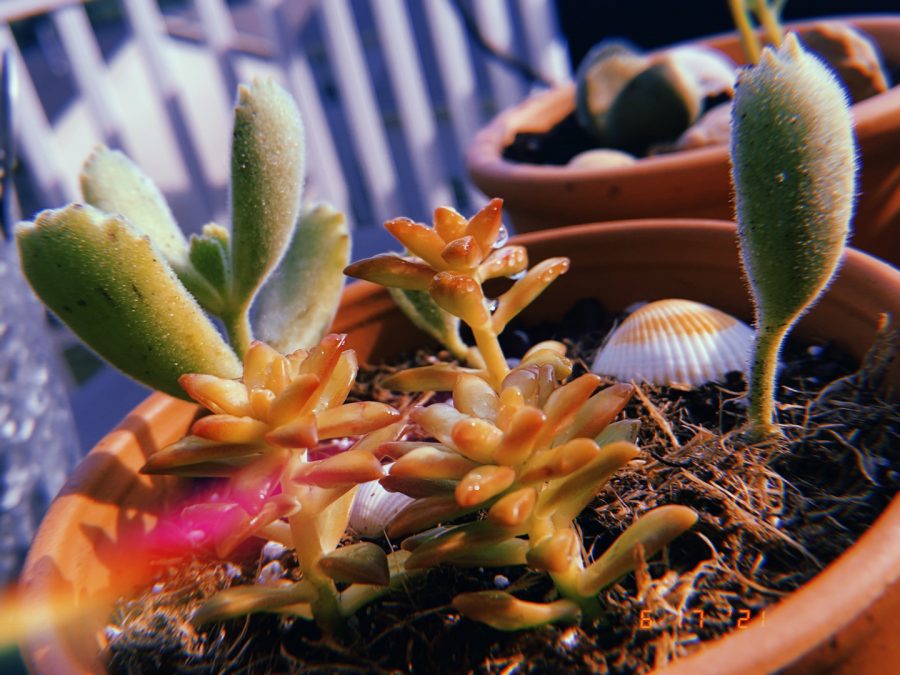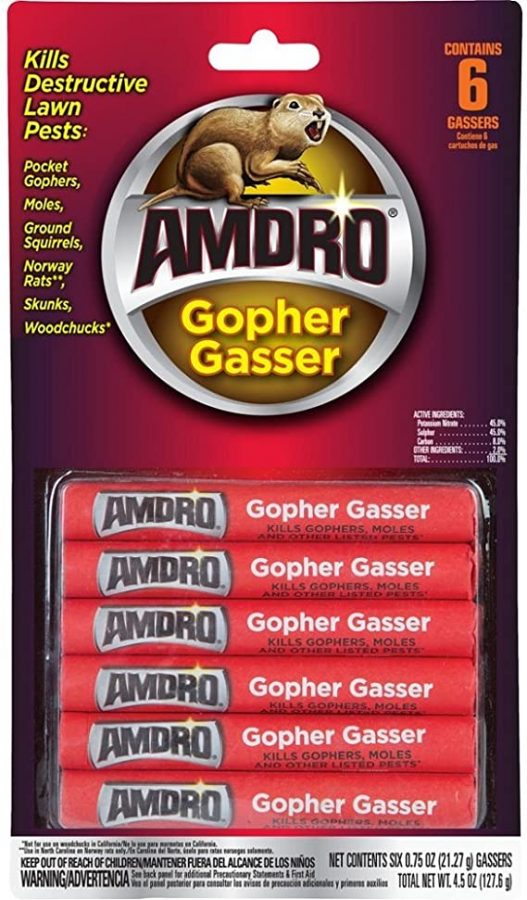Scorching hot summers can drain even the most water-smart landscape.
Here are a few “do’s and don’ts” to help make the most of the water you apply to your lawn and garden and protect your landscape against heat-related stress this summer:
Don’t water for a long time. How much and how long to apply water depends on the type of soil that is being watered.
Use the 4-3-1 “cycle-and-soak” method of watering your grass — four minutes per watering cycle, three times per day with one hour between cycles.
Check to see if water is penetrating 6 to 8 inches beneath the surface of the soil. If not, then another cycle may be needed to encourage root growth.
Do raise the blade. Trim grass at a higher — 2 inches or so — mower setting to shade roots from sunlight and encourage deeper growth.
Don’t water all areas alike. Develop a separate watering schedule for trees, shrubs and flowerbeds with drip emitters.
These plants need less frequent but deeper watering, so do not use the cycle-and-soak method. Instead, set the irrigation to run less often during the week, but for a longer time during each watering.
Do watch the clock. Water in early morning hours before sunrise to lessen the amount of water lost to evaporation and daytime winds.
Don’t water concrete. If you have an underground sprinkler system, make sure your sprinkler heads are not spraying the sidewalk, wall or driveway.
Check to make sure the sprinkler heads are not obstructed by grass or other objects.
Do consider drip irrigation. When it comes to watering individual trees, flower-beds, potted containers or other non-grassy areas, you can apply water directly to the roots with low-volume drip irrigation. This will reduce water waste through evaporation or runoff and keep weeds down.
Don’t forget routine inspections. Periodically check your sprinklers to make sure everything is working properly.
A clogged head or a torn line can wreak havoc on both your landscape and your water bill.
Do be rain smart. Adjust your irrigation system as the seasons and weather change.
You also can install a shutoff device that automatically detects rain or moisture.
These devices are inexpensive and let you take advantage of nature’s free watering service.






















